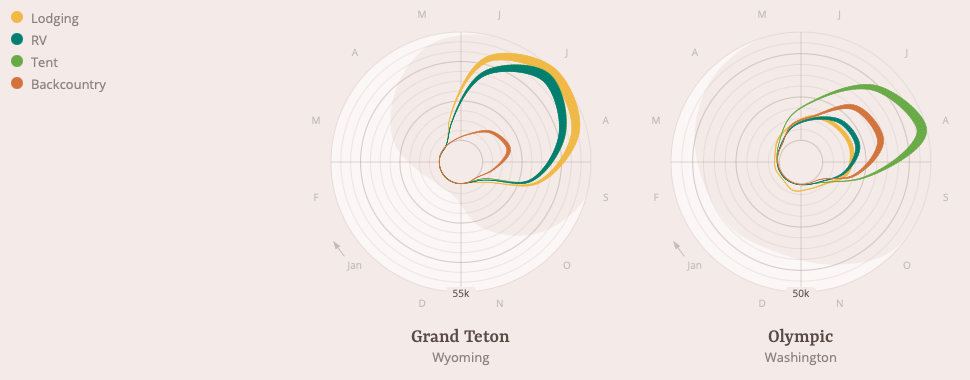Sara Wachter-Boettcher has an article on how “Work needs to stay in its place.” Good read, and not a long one (by Medium’s estimate, you’ll be done in 9 minutes). It discusses how our relationship with work is shifting (or at least, many of us want it to shift), at least in some small part caused by the pandemic.
The loss of routines and norms caused tech and design workers to reflect on their lives — and many didn’t like what they saw: 11pm Slack messages. DEI lip service. Calls for “self-care” followed by reminders that even though the team was understaffed, the Q2 roadmap wouldn’t be changing.
People told us how their eyes felt open for the first time to how bad things really were — and it led many to reassess everything. They might not have the answers figured out yet, but one thing feels clear: they’re never going back to “business as usual.”
The post also links to a longer report, if you’re so inclined.
I’ve got a lot of feelings about work and careers and the “rat race.” To be clear, I like my job, I like my colleagues, I still put in the time and the effort when I’m working. But I still find myself looking forward to every Friday and if not dreading, at least feeling resigned to having to go to work on Monday. It’s not the work, it’s the structures of work that wear me the hell out. To paraphrase Fry Pan Jack, handing your brain over to others for 8 hours a day on the presumption that they’ll return it in an unmutilated condition feels like a sucker’s bet.
